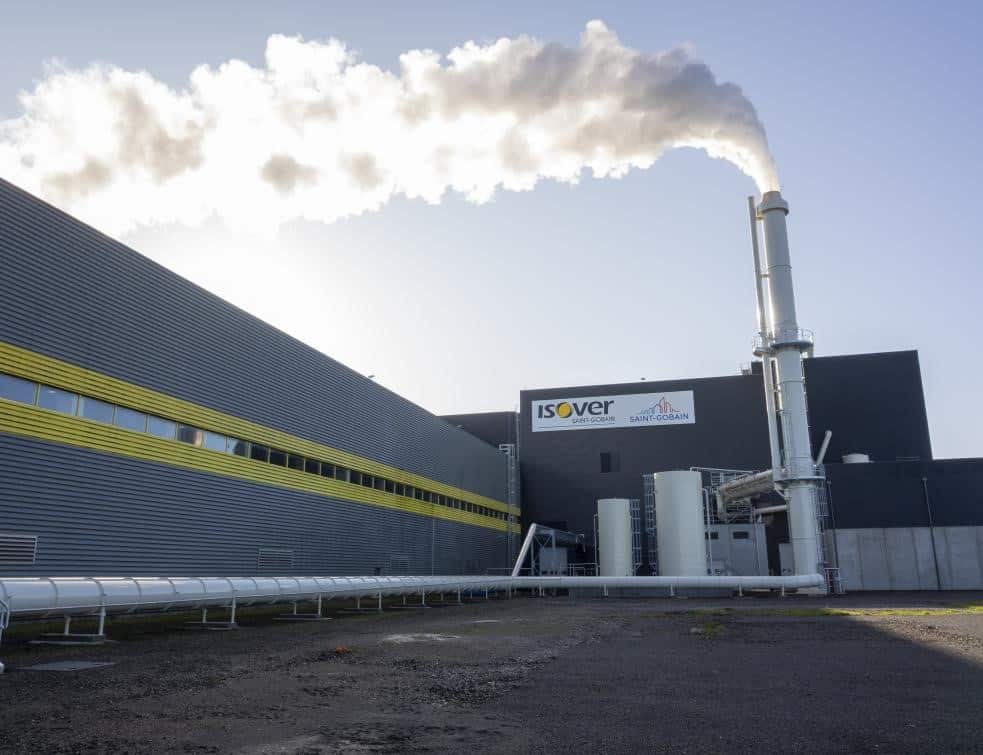
TIP-4-BEST: Thermal insulation performance audit program to boost energy efficiency and reduce heat losses in plants
To reduce energy consumption and CO2 emissions in its plants, the Saint-Gobain Group acts upstream by…

Reducing electricity consumption from the grid at the Pisa and Chennai sites by installing Organic Ranking Cycle (ORC) turbines, using the waste heat from furnace fumes.
In order to improve the energy efficiency of its production sites and limit their carbon impact, the Saint-Gobain Group has chosen to install ORC (Organic Ranking Cycle) turbines, which use the waste heat from furnace fumes to produce electricity.
An ORC turbine recovers about 5MW of thermal heat from the furnace fumes, which allows the production of about 1MW of electricity.
As the electricity is self-consumed by the plant, this electricity production limits the consumption of electricity from the national grid.
The application of this ORC technology is a first for the Saint-Gobain Group.
on which the project has a significant impact
Scope 2
The ORC turbine partially meets the electricity needs of the sites. On average, an ORC system produces about 8,500 MWh/year of electricity.
Considering that the average emission factor of the Italian grid is 0.4 tCO2/MWh and that the Indian grid is 0.7 tCO2/MWh, this amounts to a CO2 gain of 3.4 ktCO2/year for the Italian site and 6 ktCO2/year for the Indian site.
5 M€ per installation
2019
Pise (Italy) et Chennai (India)
This ORC turbine project impacts the average CO2 emission level of the national electricity grid, by switching the corresponding consumption to ORC electricity production.
The project also contributes to the achievement of the Saint-Gobain Group’s CSR objectives, in particular the objective of carbon neutrality for 2050.
Reproducibility compatible on all float lines, with a particular interest on those located in countries with a high CO2 electrical emission factor. The level of available waste heat in the flue gas of the float process must be adapted to the technical and economic dimensioning of this type of technology.
Sufficient availability of the waste heat from the furnace flue gas, which is variable depending on the capacity of the furnace, and good maintenance of the installation over time are two factors that determine the success of such a project.
Several partners were involved in the installation of the ORC turbines in the Saint-Gobain plants:
dehs@saint-gobain.com

To reduce energy consumption and CO2 emissions in its plants, the Saint-Gobain Group acts upstream by…